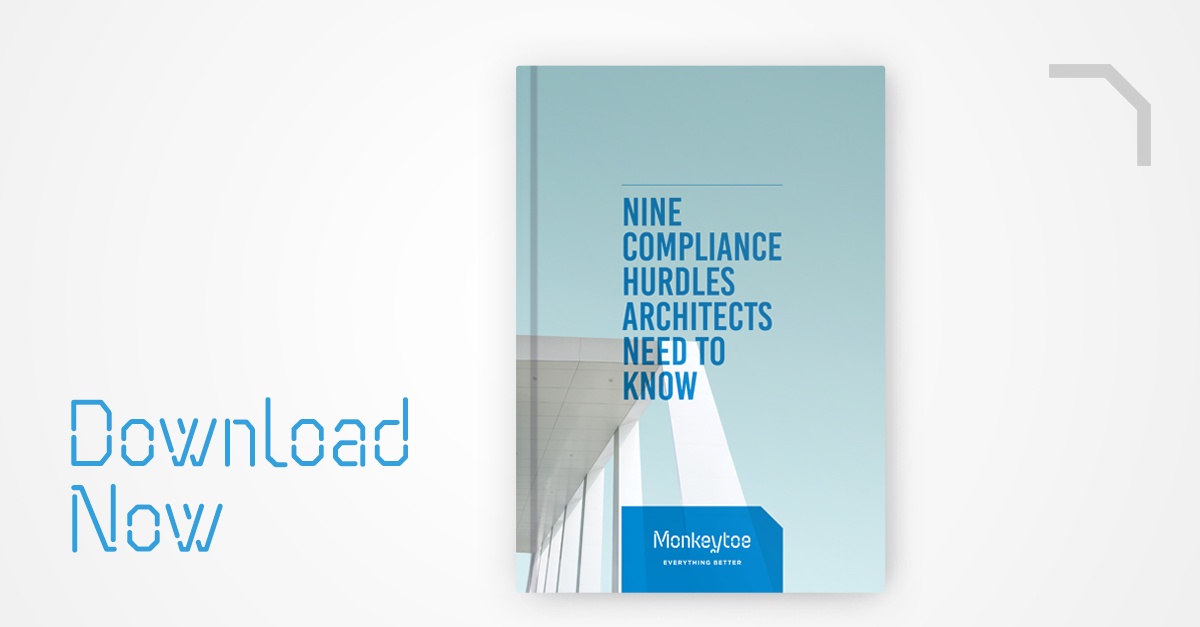When dealing with residential skylights, there’s generally no access limitations; the NZBC specifies moisture tightness and little else, and residential skylights can often be walked across thanks to their thickness and dome shape.
When facing skylights on a larger scale, a bit of common sense will go a long way – especially when it comes to providing barriers and handrails for the best safety. This is because large skylights are considered ‘open edges’, and therefore under similar rules as any drop of over a metre.
Larger skylights, such as on commercial buildings, can be trafficable – that is, able to be walked across – or non-trafficable. It’s possible to have a skylight’s that tough enough to handle the weight of a person while still letting in enough light, but they aren’t especially common. Getting a material that’s trafficable and transparent enough is often relatively expensive, so the easier solution is to create a non-trafficable skylight with good precautions in place.

It’s worth allowing for commercial safetyrated mesh (such as Ausmesh), as this makes a great precaution in case someone does treat the skylight as trafficable. It shouldn’t be assumed to explicitly make a skylight trafficable – it’s impossible to tell while standing on the roof whether safety mesh has been used. Instead it’s a safety belt, a precaution in case the skylight breaks. The best solution – and one that covers trafficable and non-trafficable skylights as well – is to use a lightweight railing at two metres from the open edge and at a minimum height of 1000mm as per NZBC F4 Paragraph 1.1.1 and Table 1. That way you’ve set up the safest solution for any circumstance.
Designing the best buildings can mean jumping through a lot of hoops, so download our full ebook to make sure you know your stuff when comes to architecture compliances.



